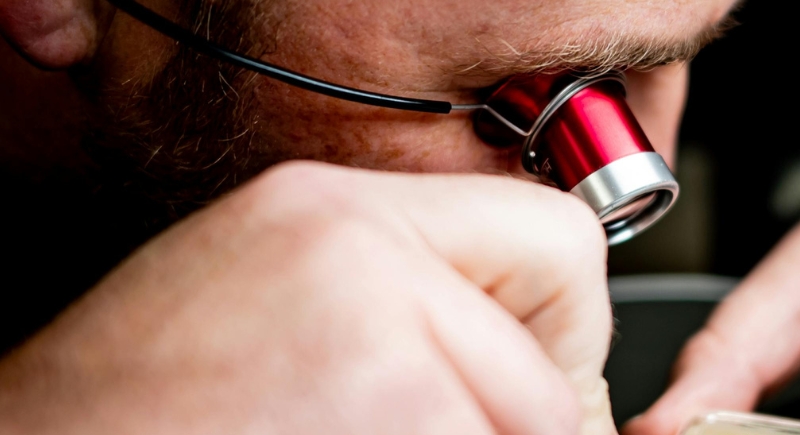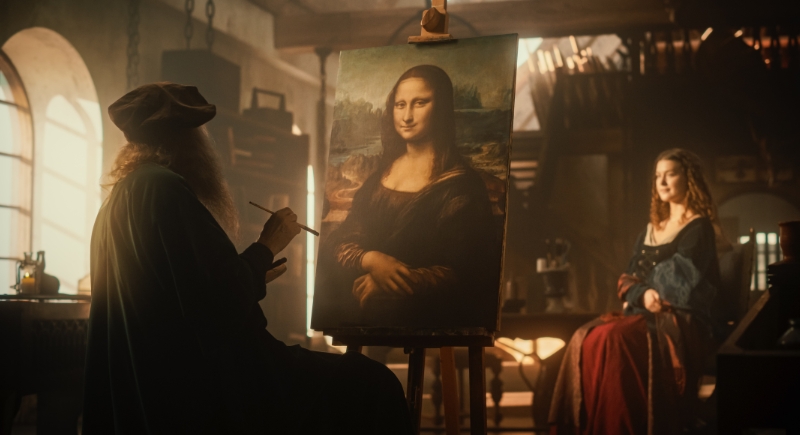Is the Mona Lisa Smiling? This Study Finally Answers It
For more than 500 years, people have stood in front of Leonardo da Vinci’s “Mona Lisa” and asked the same question: Is she smiling? The mystery has fueled debates among art historians, inspired conspiracy theories, and sparked countless interpretations in popular culture. Now, thanks to a group of German scientists, there may finally be a real answer to this centuries-old puzzle.
A Scientific Look At An Old Question

Image via Pexels/Dave H
Researchers from the Institute for Frontier Areas of Psychology and Mental Health in Freiburg conducted a set of experiments that suggest Mona Lisa is, in fact, smiling. Their study, published in Scientific Reports in 2017, showed participants multiple versions of the painting with tiny adjustments to the corners of her mouth; some tilted up and some tilted down.
In their first experiment, the team presented participants with nine images: the original and eight digitally altered versions that either enhanced a smile or exaggerated a frown. These were shuffled and shown repeatedly, with viewers asked to label them as smiling or not.
When the real painting was included, viewers consistently categorized it as happy, 100 percent of the time in one trial. In the follow-up test, the scientists made all variations look sadder while keeping the real painting untouched. This time, Mona Lisa’s smile appeared less cheerful, which showed how context affects perception.
The lead researcher, Jürgen Kornmeier, explained that our brains don’t interpret facial expressions on a fixed scale. Instead, judgments about happiness or sadness shift depending on what other faces are present. In simple terms, the Mona Lisa looks more cheerful when surrounded by gloomy faces and more somber when compared to happy ones. This flexible perception may help explain why viewers have argued about her expression for so long.
Why Our Brains Prefer Happiness
Interestingly, the study also points to a psychological quirk: participants were quicker and more confident in identifying happy expressions than sad ones in the Mona Lisa experiment. This suggests a perceptual bias toward happiness in that specific context.
This makes evolutionary sense, as identifying friendly faces quickly would have helped humans build trust and cooperate throughout history. That built-in bias could be the reason so many people naturally see a smile when they look at da Vinci’s portrait.
This idea connects with earlier findings outside the art world. For example, a 2002 University of Wisconsin–Madison study revealed that abused children were more likely to misinterpret emotions by often reading neutral or sad faces as angry. Taken together, these studies suggest that personal experience shapes how people decode expressions. In the case of Mona Lisa, it seems the average viewer is inclined to perceive her as happy, regardless of how subtle the smile actually is.
The Real Lisa Behind The Painting

Image via Getty Images/gorodenkoff
While science has given an answer about the smile, the story of the woman herself is just as intriguing. Mona Lisa, also known as Lisa Gherardini, was the wife of Florentine cloth merchant Francesco del Giocondo. Historical records indicate she lived a fairly comfortable life and raised her children after her husband passed away.
Many believe Leonardo painted her around 1503, but the work remained with the artist rather than going to the family that commissioned it. After Leonardo’s death in 1519, the painting entered the French royal collection and eventually made its way to the Louvre, where it has hung for centuries.
That real-life background adds to the debate. Some scholars argue that the enigmatic smile is less about Lisa herself and more about Leonardo’s artistic choices. There are even fringe theories claiming the smile was added later, possibly inspired by his assistant Gian Giacomo Caprotti, or as a hidden self-portrait. Still, modern studies lean toward the simpler explanation: what you see is what Leonardo intended.
Why The Smile Still Matters
Of course, this doesn’t erase the question of why her expression matters in the first place. Part of the reason lies in timing. In the Renaissance, portraits rarely showed sitters smiling. Leonardo’s decision to paint Lisa with even the faintest trace of joy was groundbreaking. It humanized her in a way that religious and formal portraits of the time did not, thus creating a direct emotional connection with viewers.